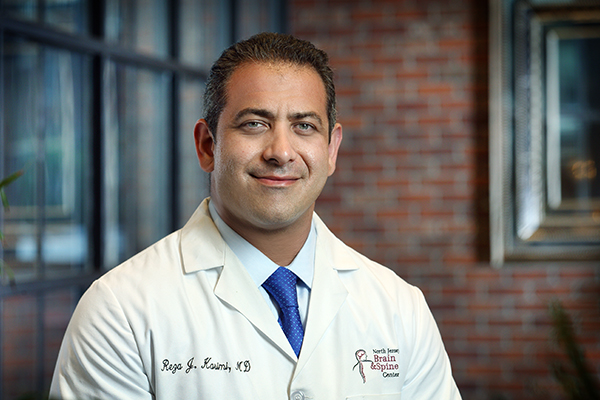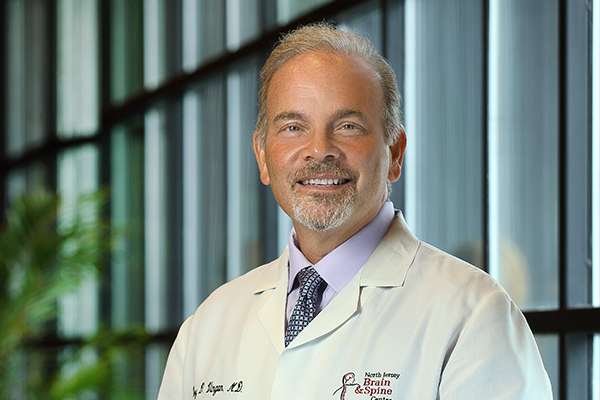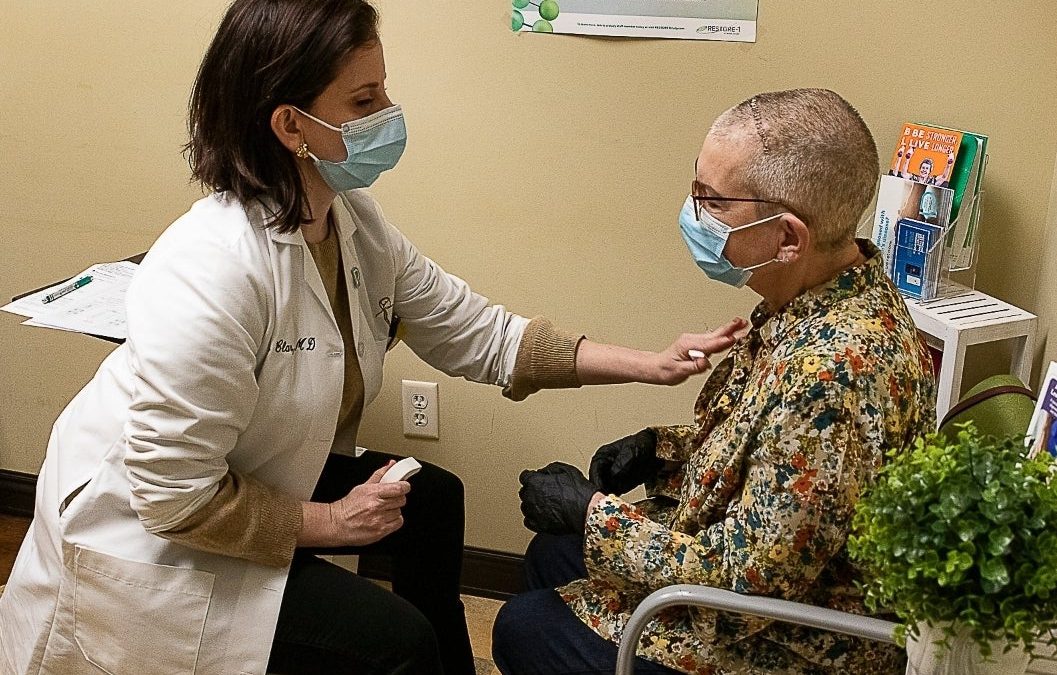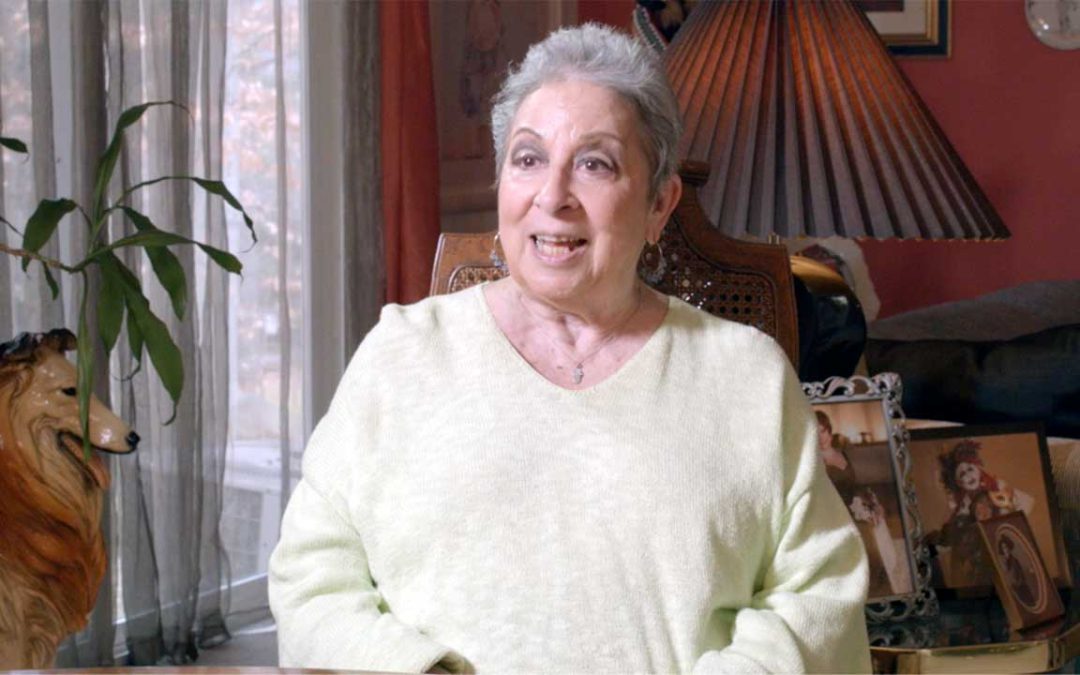Cervical stenosis occurs when spaces in the spine narrow and create pressure on the spinal cord and nerve roots. This condition typically occurs over time. Anyone can suffer from cervical stenosis, however, the chances of developing the condition increase with age and spinal injuries, or in those that participate in contact sports.
Cervical spinal stenosis is most common in people over 60 years old. The most common cause is osteoarthritis, the gradual wear and tear that happened to the body’s joints over time. Genetics, obesity and smoking are all risk factors that can increase the likelihood of developing cervical spinal stenosis.
How is Cervical Stenosis treated?
The best possible treatment will vary for each individual. Mild stenosis can be treated with nonsteroidal anti-inflammatory drugs (NSAIDs) such as ibuprofen, posture improvement, and physical therapy. But more serious cases will usually require spinal surgery to relieve the compression.
Surgery may involve removing discs or bone spurs that may be compressing the spinal cord, or removal or restructuring of the bony arch at the back of the vertebra called the lamina. Parts of the spine may also be fused to maintain stability.
The most typical surgical options may include:
- Laminectomy, which is a surgical procedure to enlarge the spinal canal.
- Decompression and spinal fusion, used to connect two or more bones in a part of the spine.
- Disc replacement surgery, a type of spine surgery that involves replacing a worn or degenerated disc in a part of the spine with an artificial bone-like disc.
Questions to ask your doctor about Cervical Stenosis treatment
Patients with cervical stenosis should consider asking their doctor the following questions about potential treatment:
- What are my available treatment options?
- Is surgery necessary?
- How long will my recovery period be?
- Are there lifestyle modification options to alleviate my symptoms?
Recovery from Cervical Stenosis
The time it takes to recover from cervical stenosis will vary with each individual. Patients who respond well to initial conservative treatments may find relief in just a few weeks. A complete recovery from cervical decompression or spinal fusion surgery could take several months.
It is important to follow all post-operative instructions from your surgeon to ensure timely recovery and proper healing. Your physician will let you know when you may resume light activities.
Cervical Stenosis treatment in New Jersey
For patients dealing with neck pain and cervical stenosis, it is important to speak with a physician who is experienced in properly treating the condition. For more than 25 years, the highly-skilled team at New Jersey Brain and Spine have helped more than 40,000 patients with complex spine and neurological conditions.
We make our patient’s personalized care journey as easy as possible, from explaining your condition and treatment, to coordinating all aspects of your care and recovery. To schedule an appointment, contact us today at 201-342-2550, option 3.








